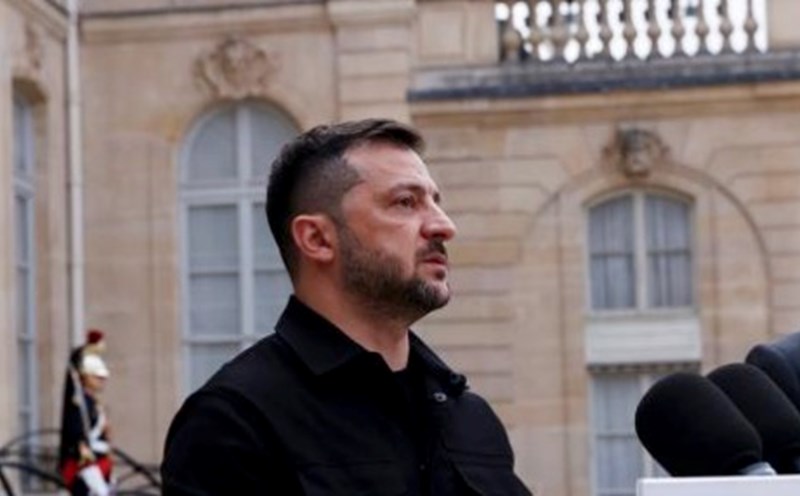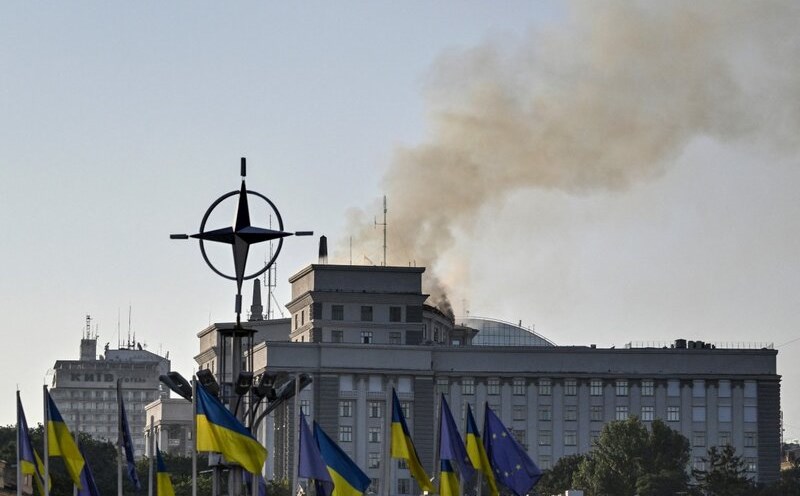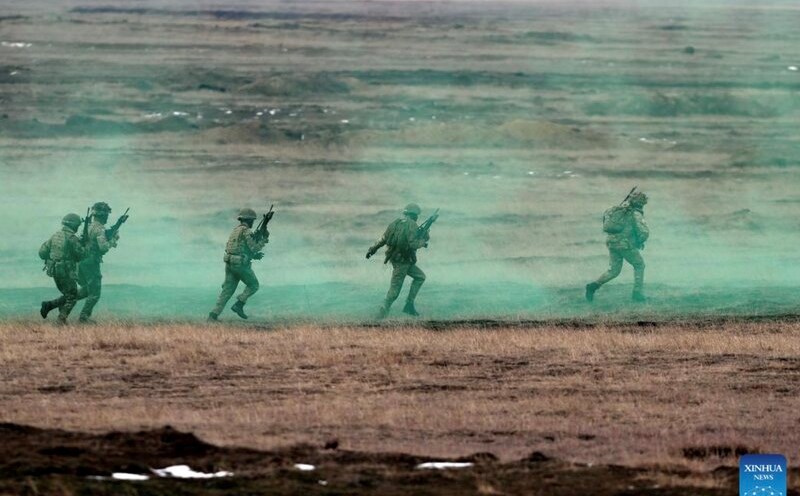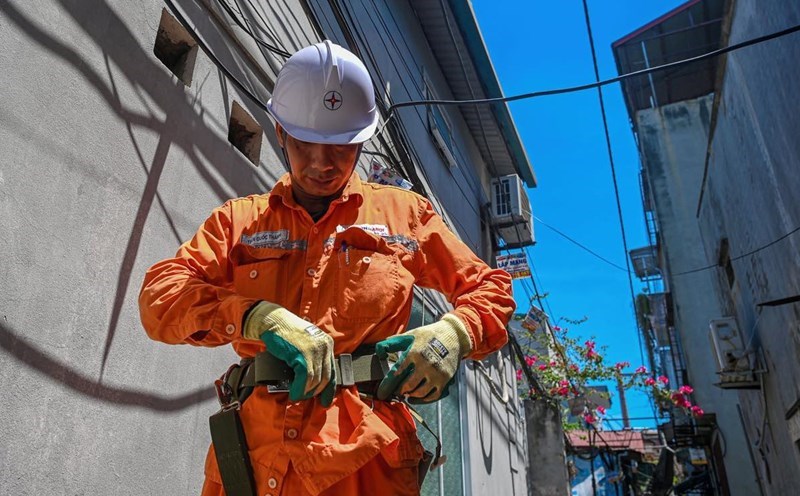Oleksandr Aronets, an officer of the 12th Special Forces Brigade of the Azov under the Ukrainian army, said that Russia is using first-percepted aerial vehicles (HPV drones) to attack motor vehicles on the Barvenkovo - Slavyansk route, about 40-50 km from the front line. These drones seem to be launched from the mother drone to penetrate deep into the rear area.
According to Aronets, Ukrainian vehicles were repeatedly attacked on the route from Izyum to Slavyansk, which was previously considered a safe area. He warned that, without timely measures, Russia could gradually take control of all key cities of Slavyansk, Kramatorsk, Druzhkovka and Konstantinovka.
Slavyansk is a city of 59 km2, with a pre-war population of more than 105,000 people, strategically located on a defensive axis stretching across many major cities of Ukraine. Some domestic military experts admitted that Russia's expansion of the FPV drone's range is "the worst news in the past time", because the Izyum route plays a vital role in Ukraine's logistics work.
In addition to the ability to launch from mother drones, the Russian side is said to have upgraded the FPV drone's battery, helping to extend flight range and increase attack power. The infrastructure recovery and development agency of Kharkov province recommends that drivers be cautious when traveling on the M-03 expressway connecting Izyum and Slavyansk, which are considered particularly dangerous due to escalating clashes and high drone density.
In response, Ukrainian soldiers deployed fishing nets along many routes to the front line in Donetsk Oblast. This is a solution that was once considered ineffective, but is now being applied to somewhat limit the advantage of Russian drones. Some Western experts say Russia is superior in developing and applying drones on the battlefield, forcing Ukraine to find ways to adapt to the difficult situation.










